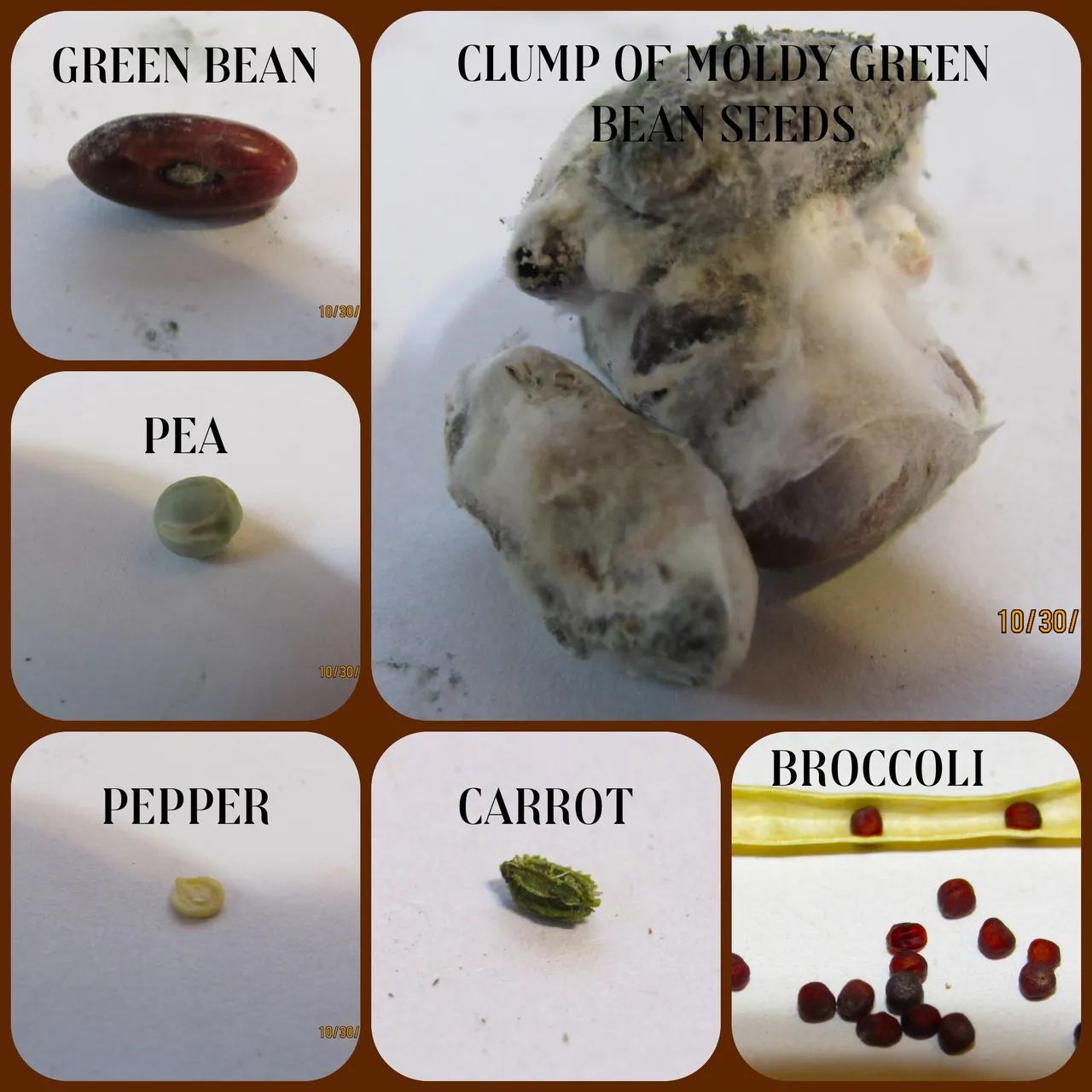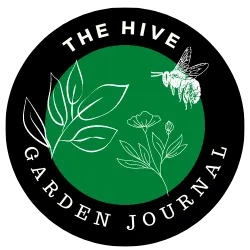it has been one hell of a laborious and productive day.
The day started early with harvesting the carrots. Leaving them to grow until the last minute afforded us the opportunity to unearth this root crop as needed. Over the past six weeks, we've been eating fresh raw carrots in salads and sliced into sticks.
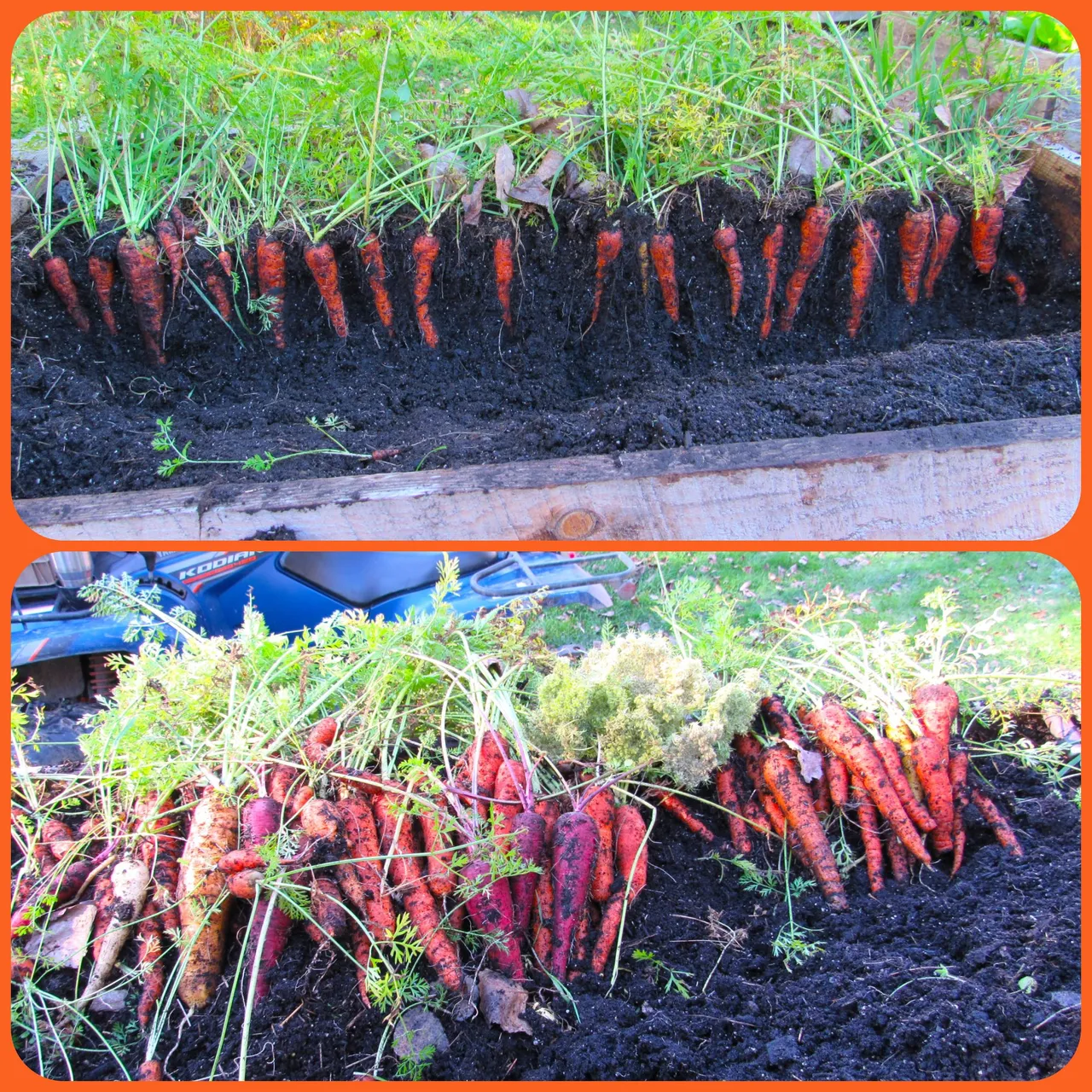
In the beginning, the flowers were pure white, and as time passed the petals of the flowers dropped and seeds started to appear. Harvesting them so late in the season gave the seeds a chance to mature.
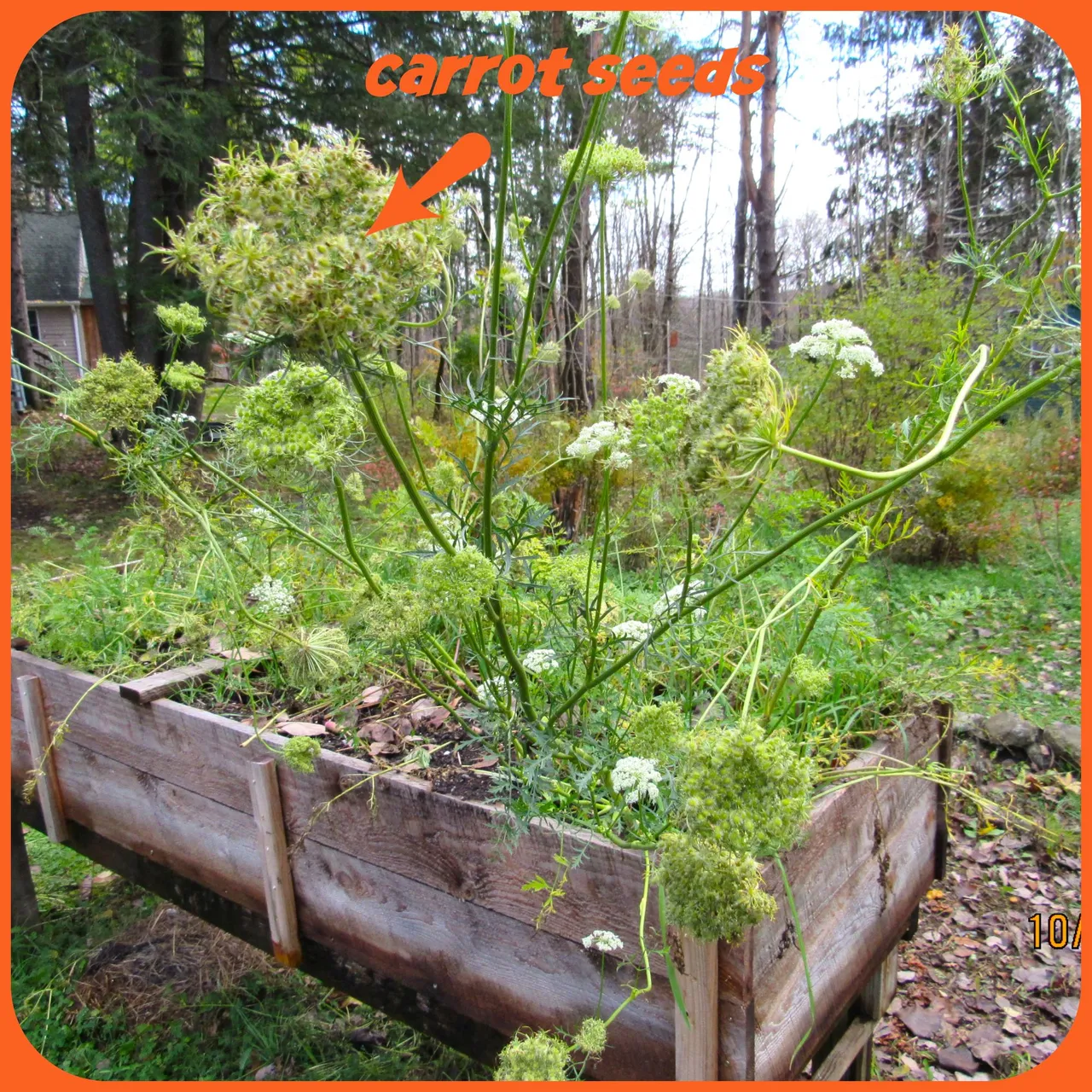
After spending the first five minutes trying to pick the seeds out of the debris that was induced by crumpling the flower in my hands, I knew that I had to go about it in a different way. Screening the flowers through a sifter worked wonderfully. The waste fell through the sifter while the seeds stayed put.
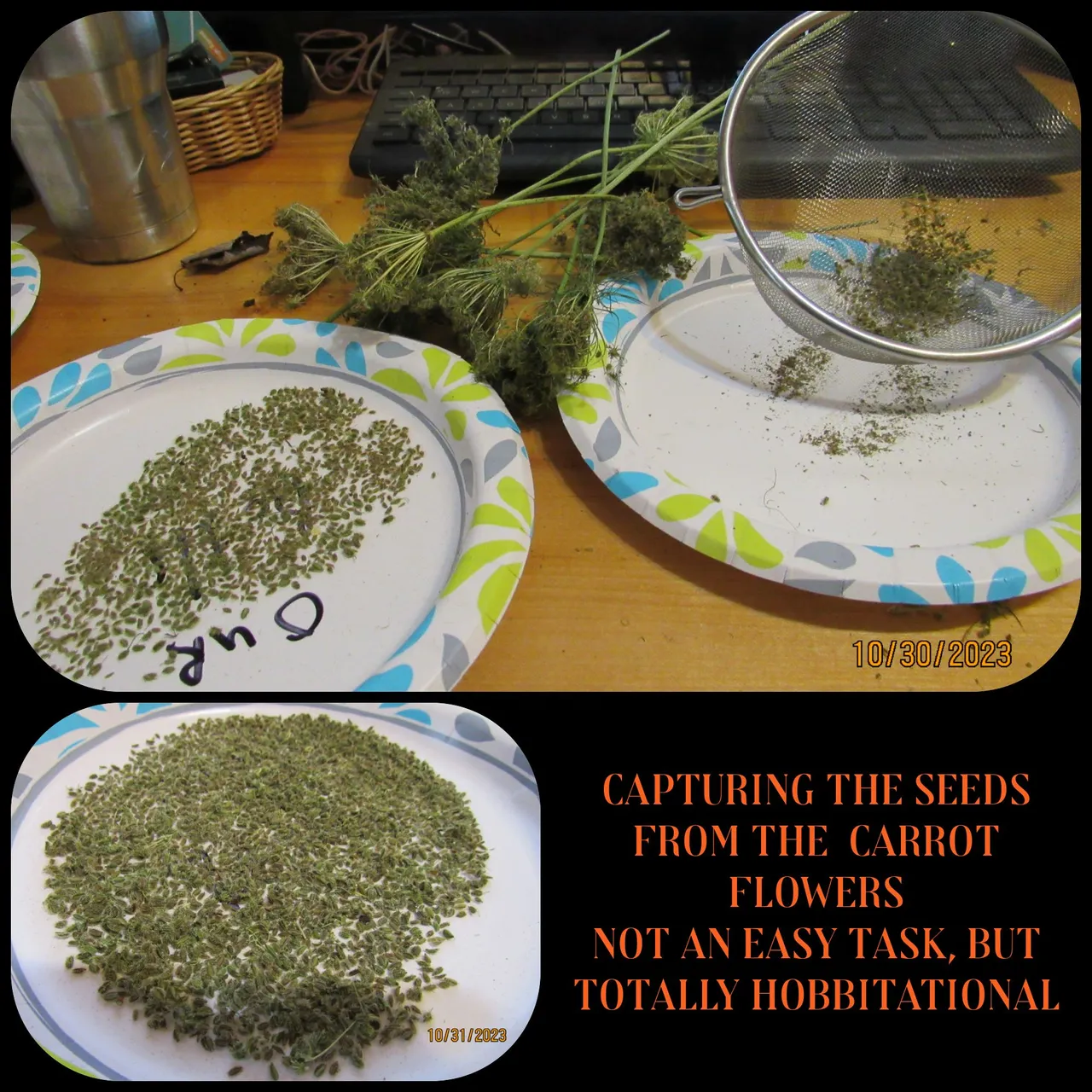
The carrots we harvested that day were blanched for three minutes, put on a baking sheet, frozen, vacuum-sealed, and put in our deep freezer. I was surprised that when I peeled the red carrot it was orange beneath the skin. I was happy to see that the white one stayed white.
We just finished last year's carrots and they were as sweet as the day we picked them.
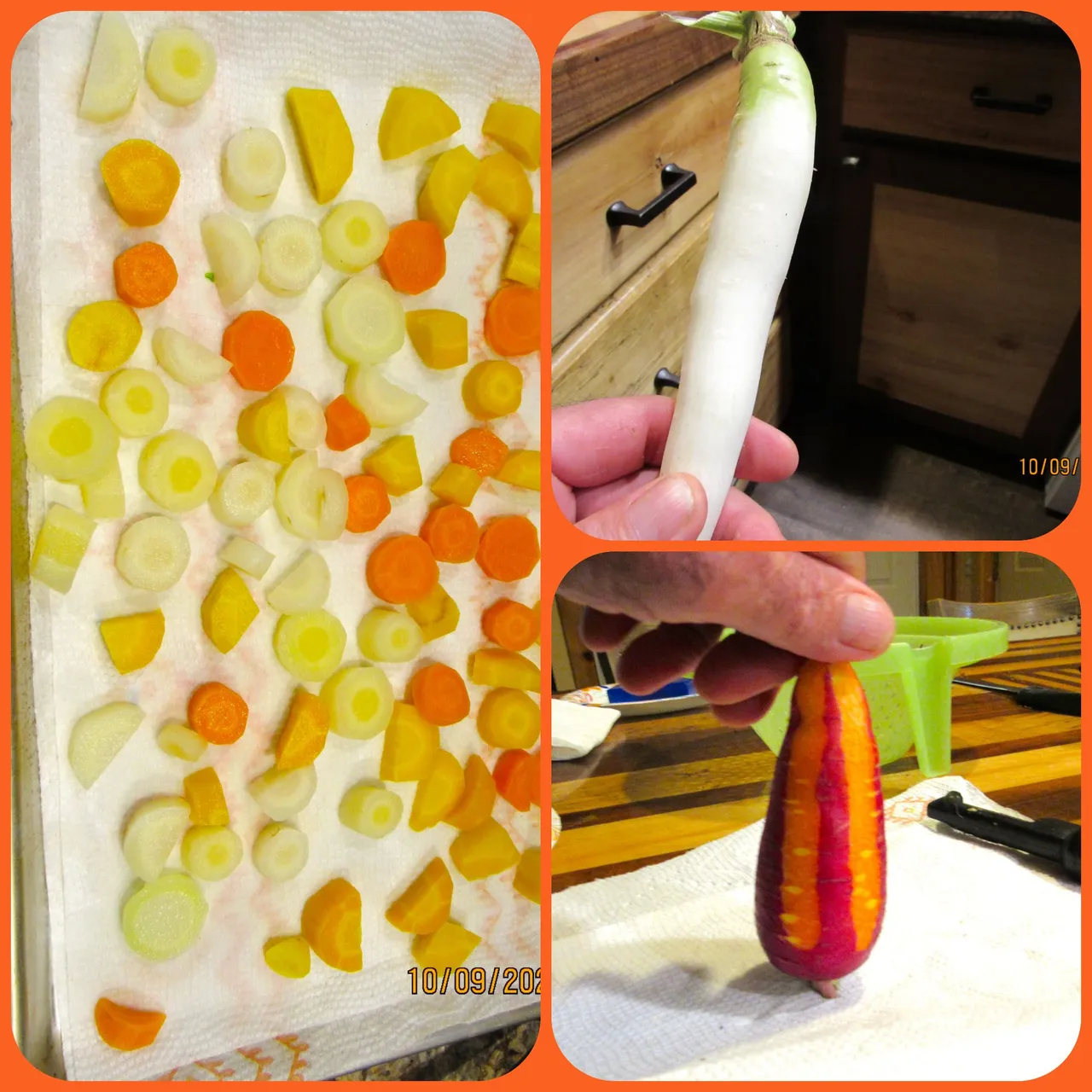
The 2nd planting of lettuce produced as much as the 1st planting, maybe even more.
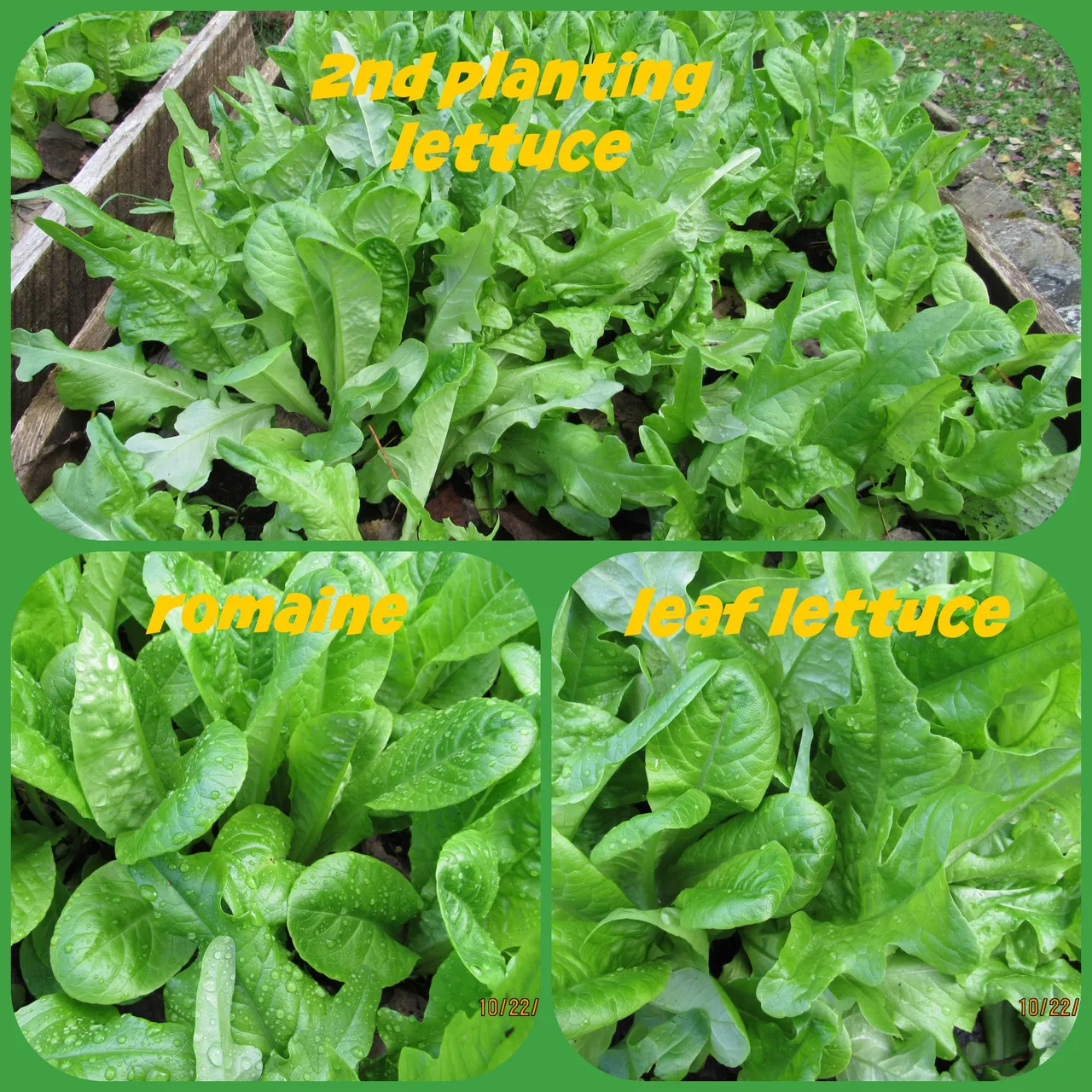
With so many plants left I decided to transplant some of the lettuce, move it inside, and put it in our window box. I'm not sure it will make it, but it's worth a try. Despite what we harvested and brought inside, 50% of the lettuce was still left outdoors. The next morning the remaining plants had died.
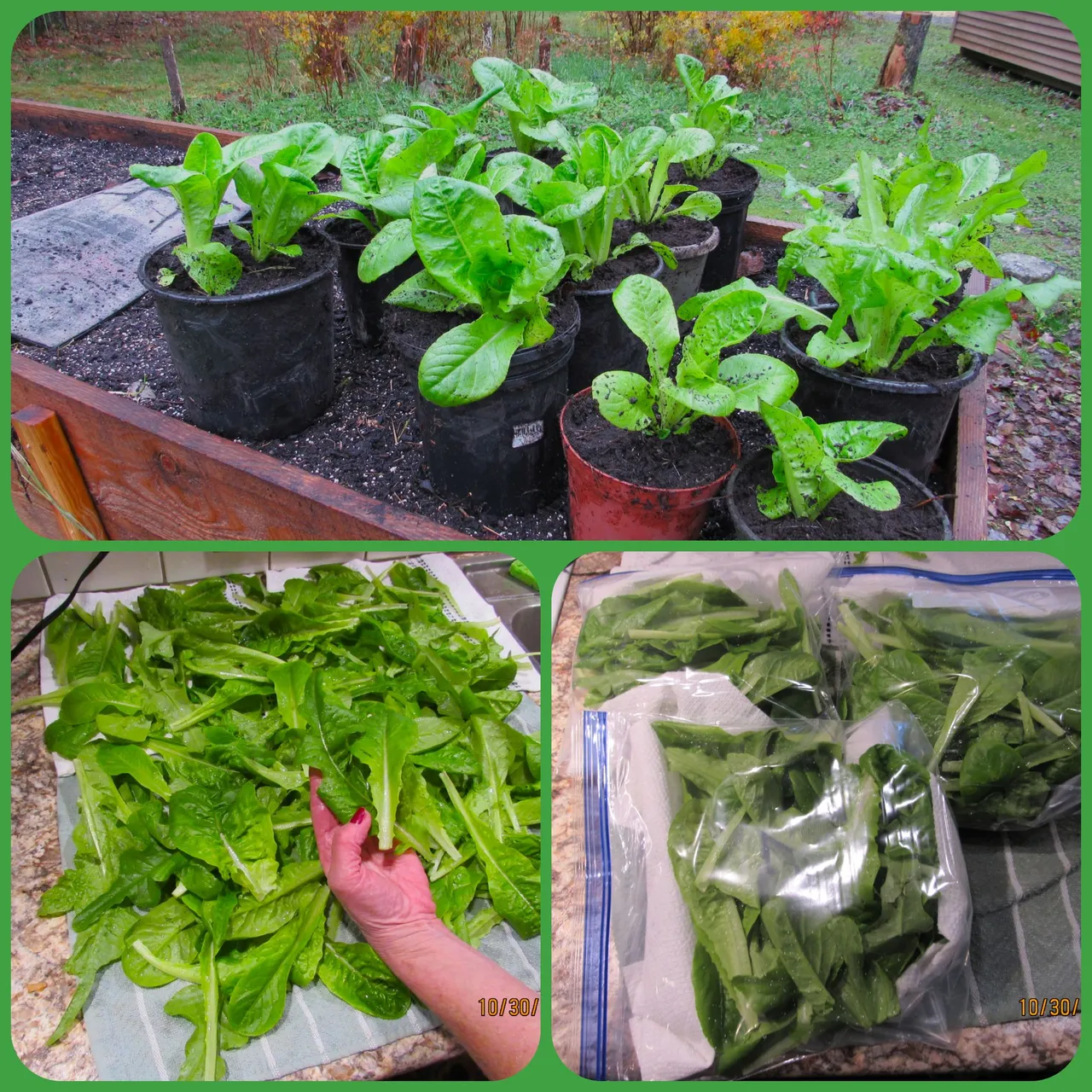
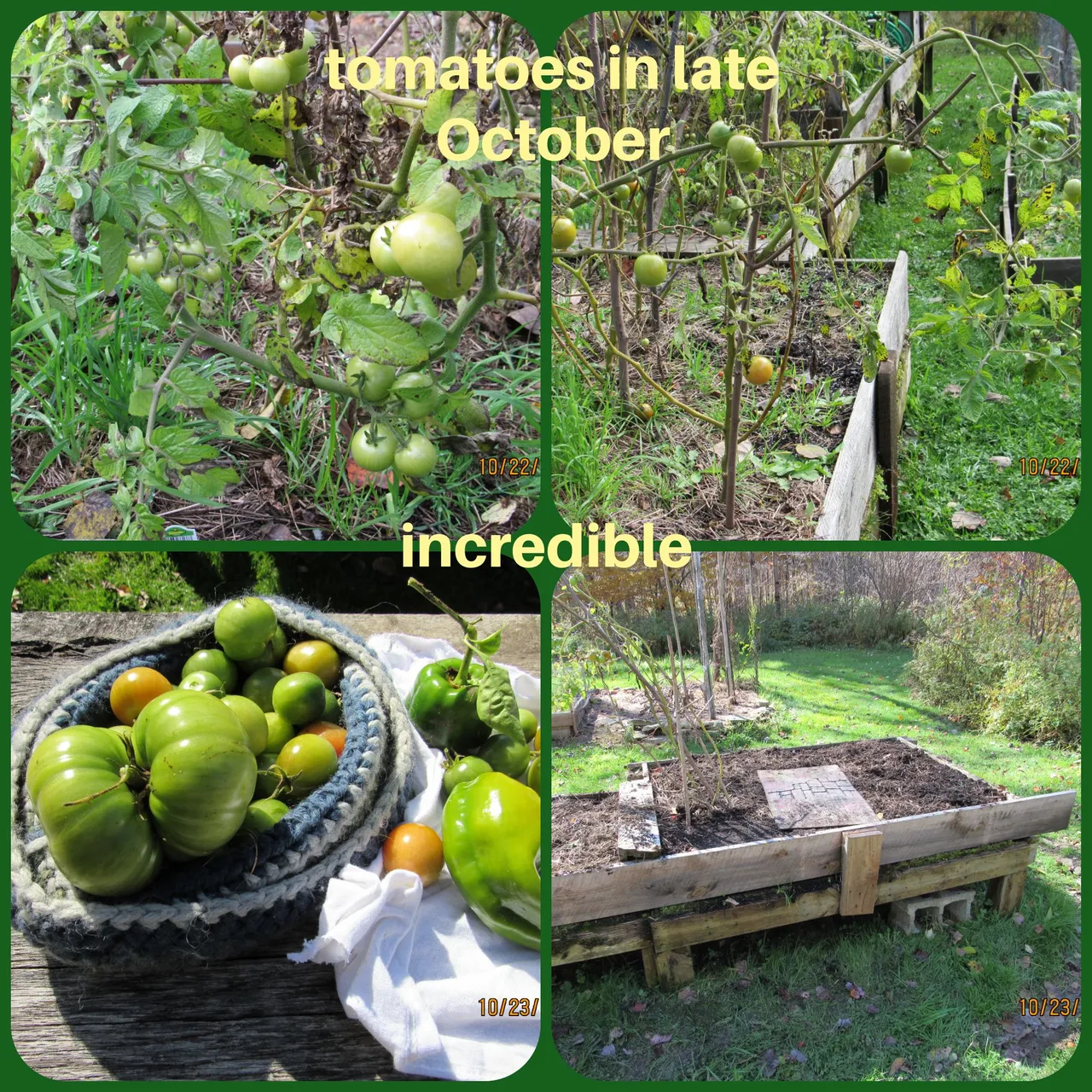
The 1st planting of radishes was a bust. I sowed the radish seeds at the beginning of the summer and due to the heat all of the plants bolted. The second planting was done towards the end of the summer as the temps started to cool down. As you can see here, the second time around produced some beautiful radishes, another favorite veggie of mine. Both the Green Bell peppers and the Banana peppers did spectacularly as well.
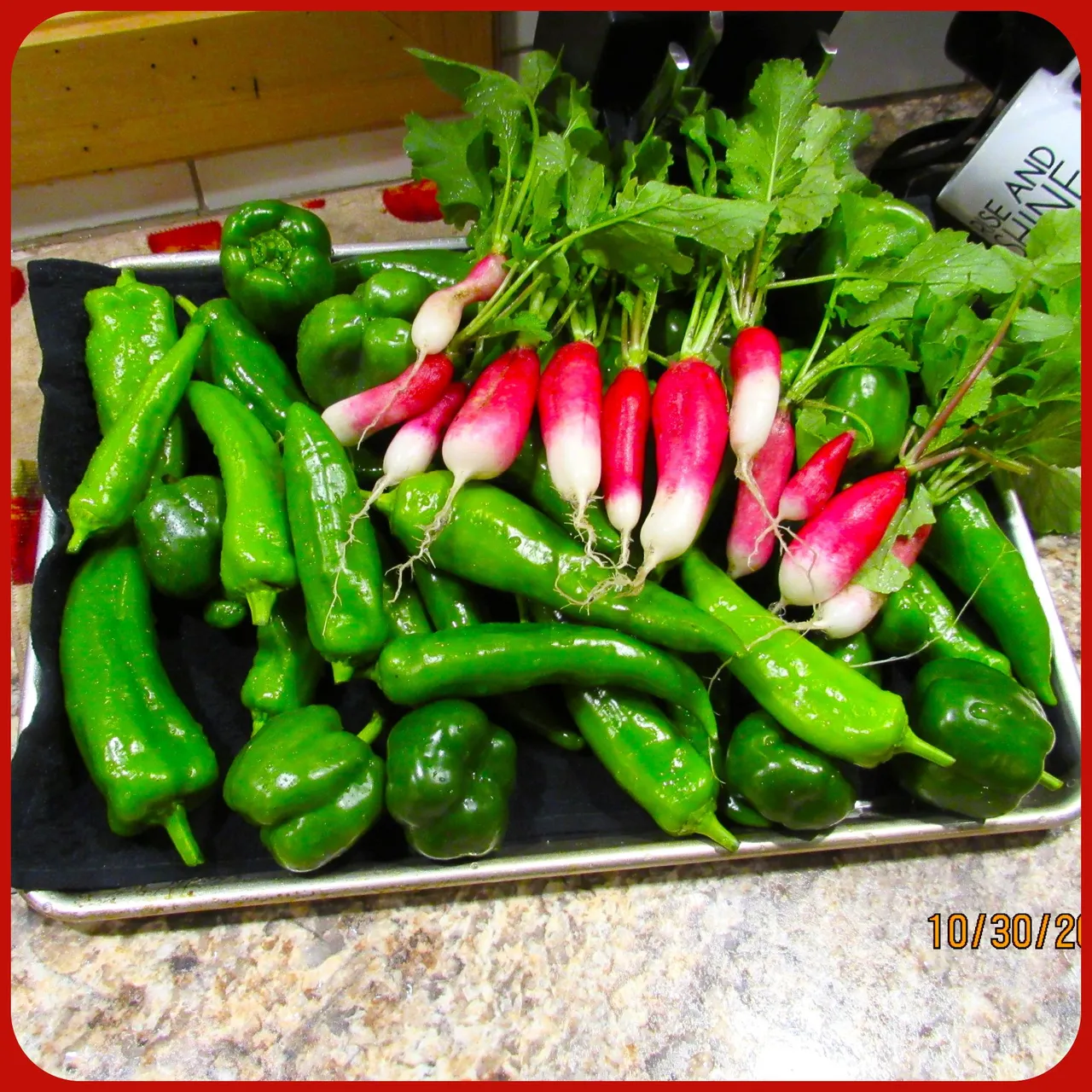
I only harvested a small portion of them.
The remaining radishes will be picked as needed. This was our best year ever for growing peppers. This is another crop that we enjoyed eating over the past month, but we couldn't leave the majority of them hanging from the plants any longer for fear of losing them all to the cold.
We processed what was remaining and will be able to enjoy them for months ahead.
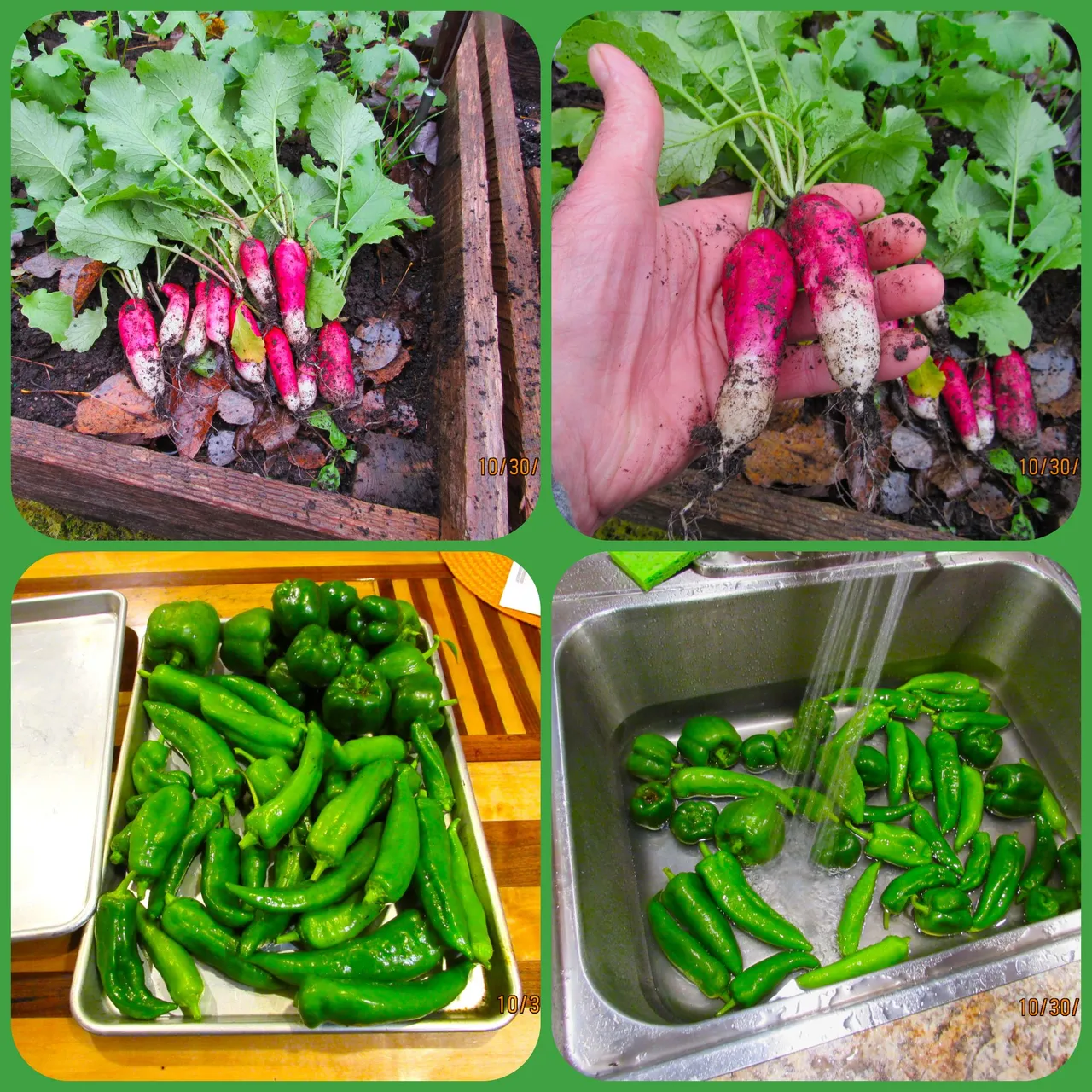
This is the first time we have harvested the beets this late in the year. Reading several articles on growing beets, every article mentioned that they do great in cold weather and can even withstand temps below freezing. Well, I figured that I'd test this out. Over the past week, we've had temps near freezing and then a day ago the mercury dipped below freezing, and on top of that it snowed. I woke up that morning and decided it was time to harvest, not wanting to test that theory anymore. As I started pulling the beets from the raised bed I realized that what I had learned was correct, the beets were in great shape.
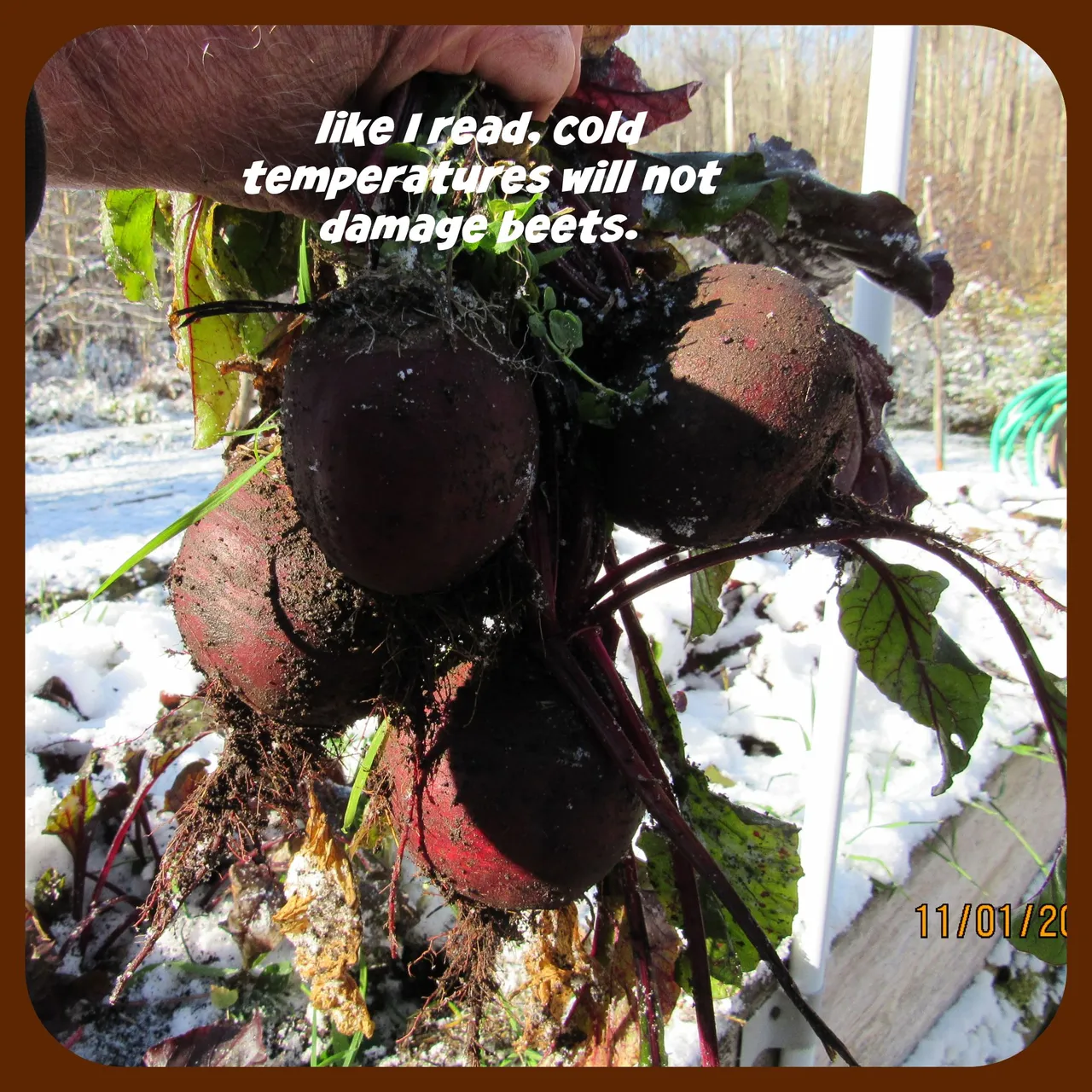
Of all of the veggies that we grow, beets are my favorite. With each beet that I unearthed my jaw dropped a little more. Not only was I amazed at how well they stood up to the freezing temps, but they were also bigger than ever before. After picking all of the beets from the 1st raised bed I realized that dealing with them all would require several hours. With that in mind, I decided that the 2nd box of my favorite root crop could wait to be harvested.
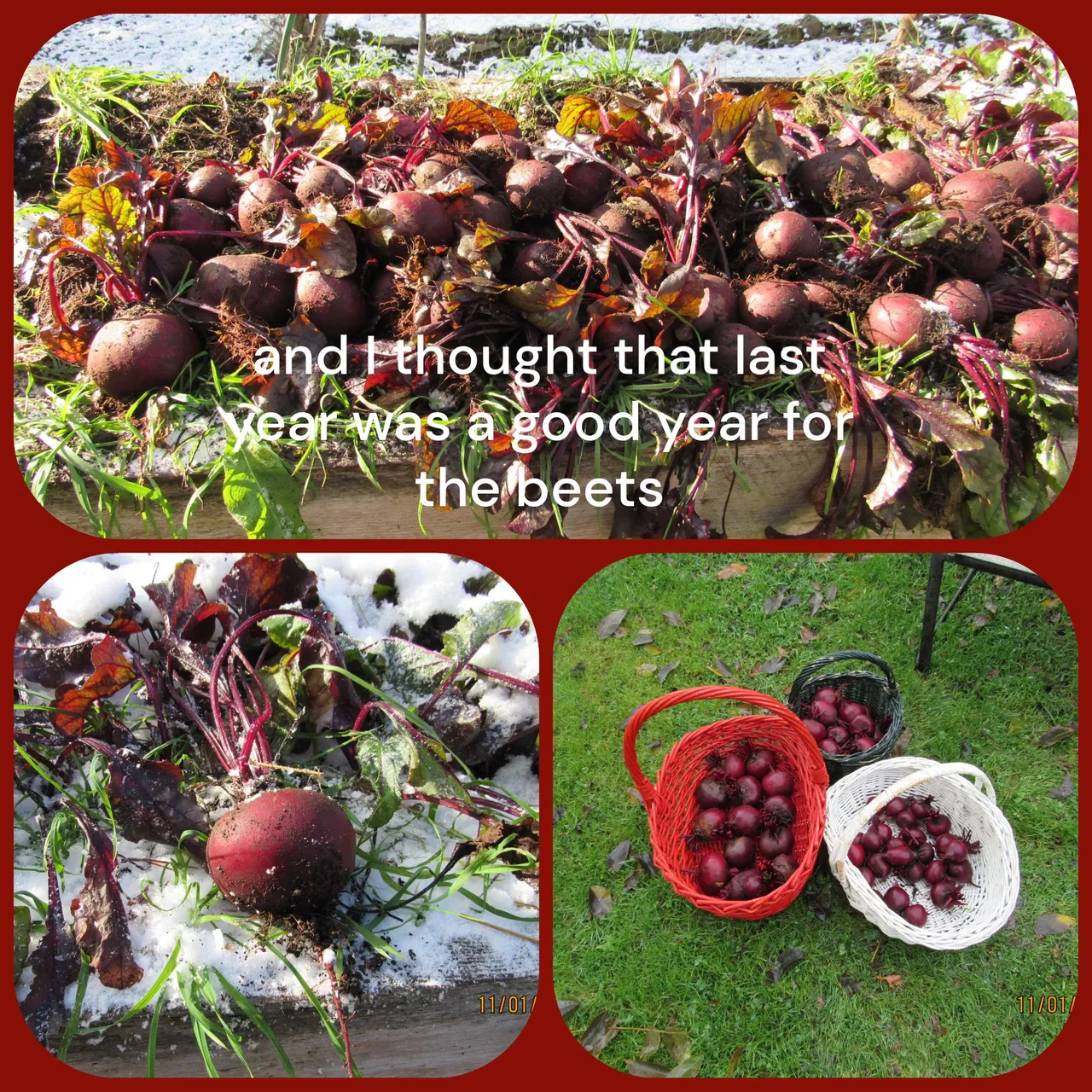
this is what we ended up with.
With one more raised box to harvest, we should have plenty of beets until next year.🤞🤞
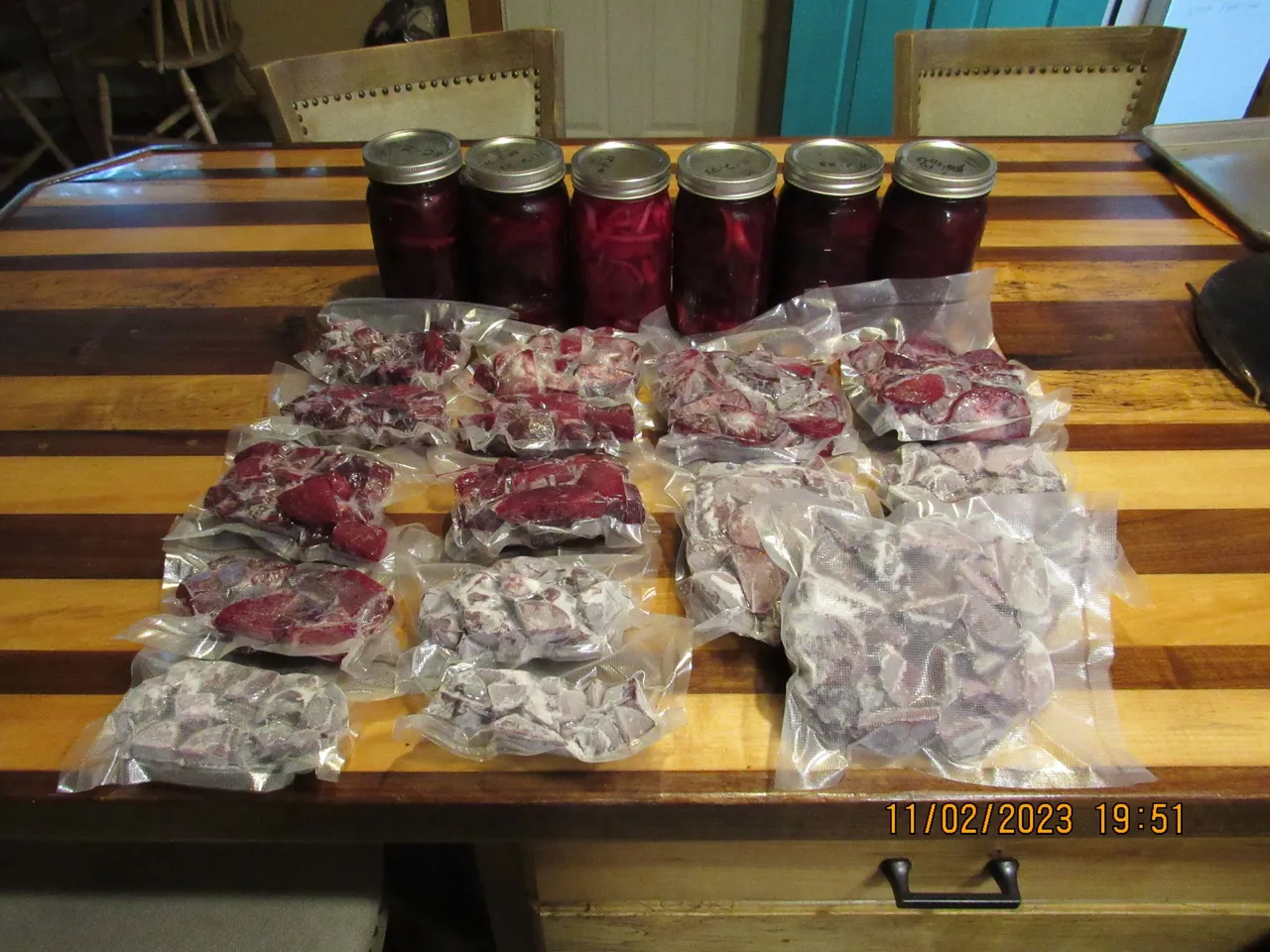
what does this collage have to do with gardening?
Let me explain.
The area you see on the side of one of our bungalows was strewn with stumps and overgrowth. Half a dozen of the stumps were left after cutting the trees down in this area. Some of them had been toppled by strong winds a few years ago, while the others were felled because they were dead. Having a tractor now, I decided it was time to clean up this area. After digging up the stumps and leveling off this area I spread hay over the ground to stop any #erosion. Then, while I was weeding the garden, any grass that I pulled from the beds I saved in one bucket while throwing the weeds into another one. After collecting several buckets of the grass I had extracted, I tossed the clumps of grass over the hayed ground. My hope is that the clumps of grass will root over the winter and further protect the earth from being eroded by the elements. Next year I hope to plant a stand of Red Cedar trees here.
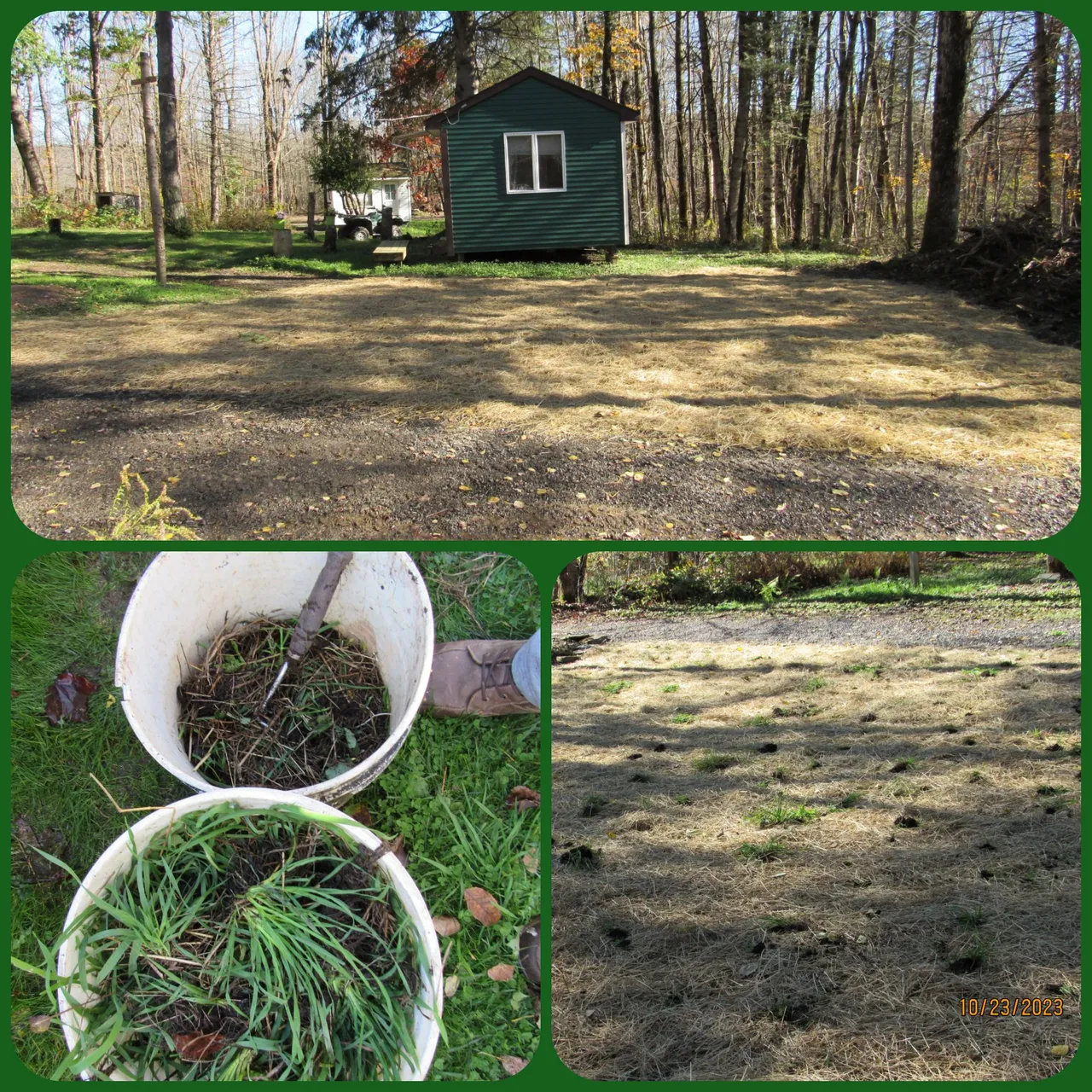
when the bungalow was still stained brown.
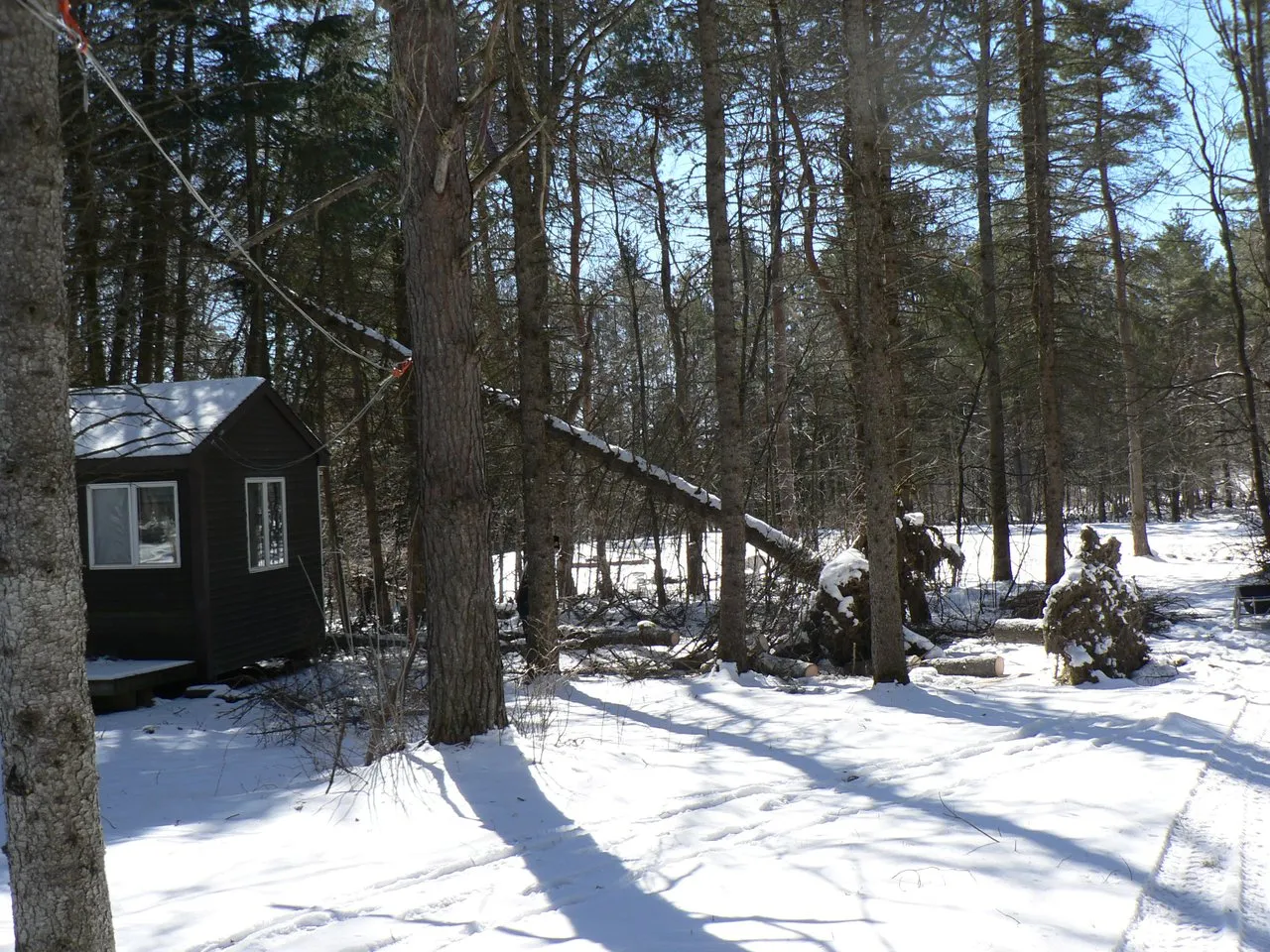
the tiny house I built for our son.
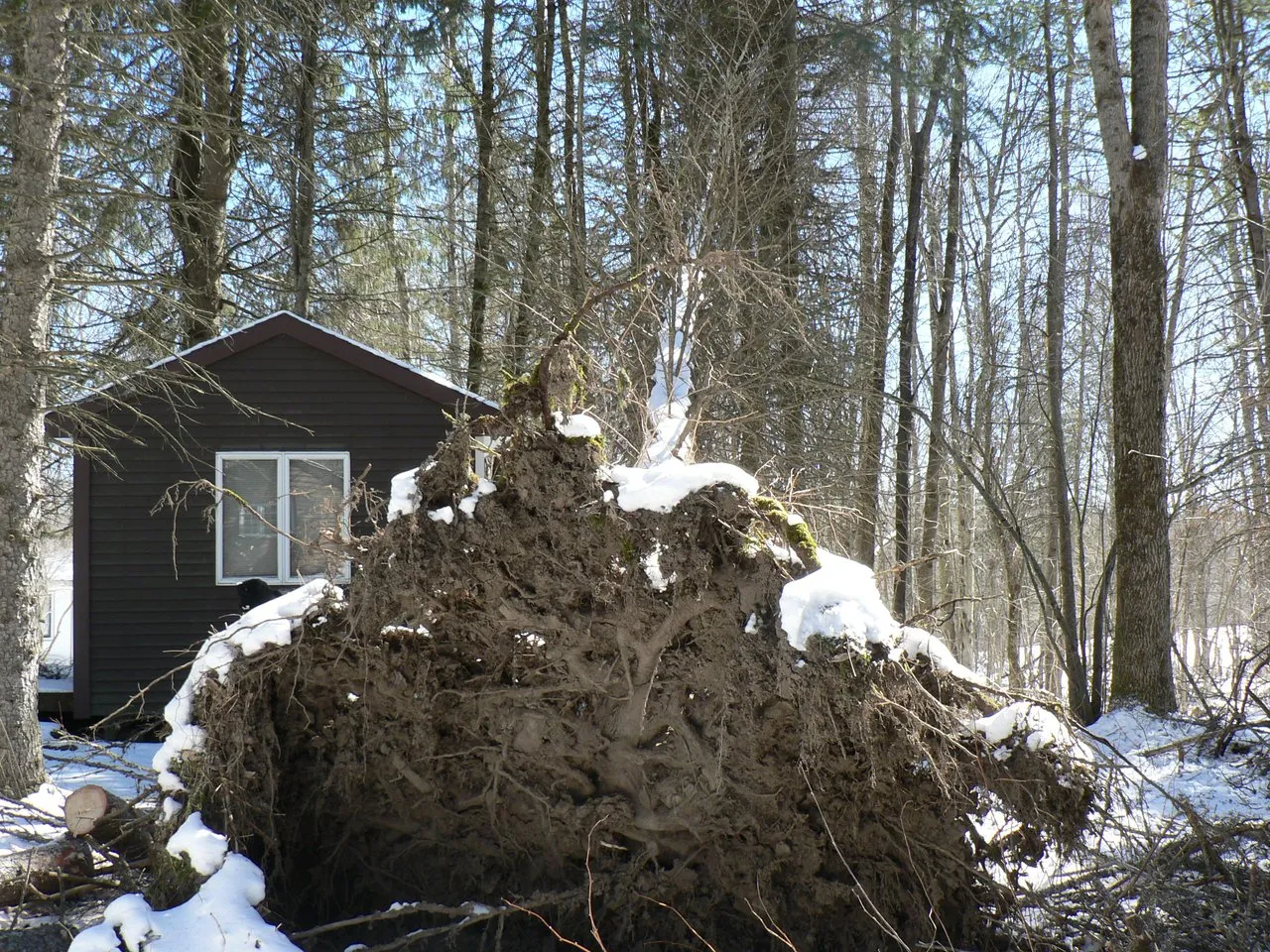
The seeds we did manage to save will give us plenty for next year's planting. I would have liked to have saved the seeds of some of the other veggies we grew, but I never got around to it.
The pictures you see in this collage were taken with our new SUPER MACRO CONVERSION LENS. I'm still learning how to use this new lens, but I was pretty satisfied with these pictures. If you really want to see some great photos taken with this same macro lens check out this dude, @borjan.
After viewing some of his photography, I was so impressed that I had to get myself one of those things. He was cool enough to fill me in on the exact lens he was using and where I may possibly get one. Thank you my friend, you've opened up a whole new avenue of photography for me!
The one thing that I learned this year was that the seeds need to be TOTALLY dried out before putting them in storage. When I opened the container to the green bean seeds I didn't expect to see most of the seeds clinging to each other and being held together by mold. 😥 It did make for a good macro picture though.
